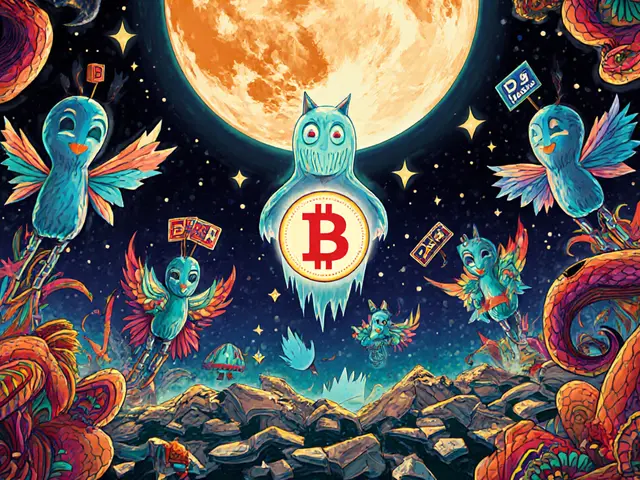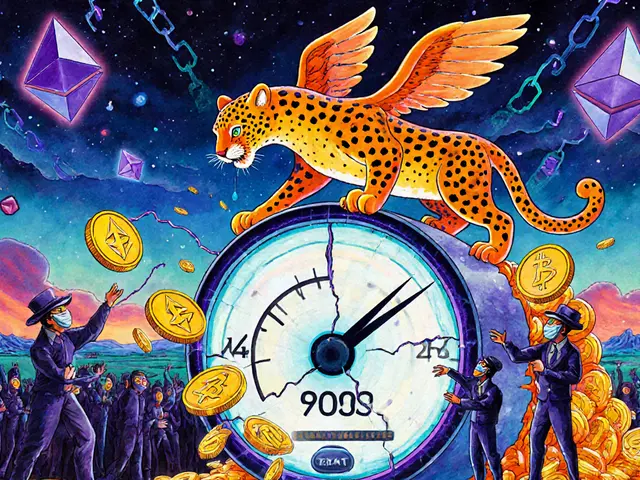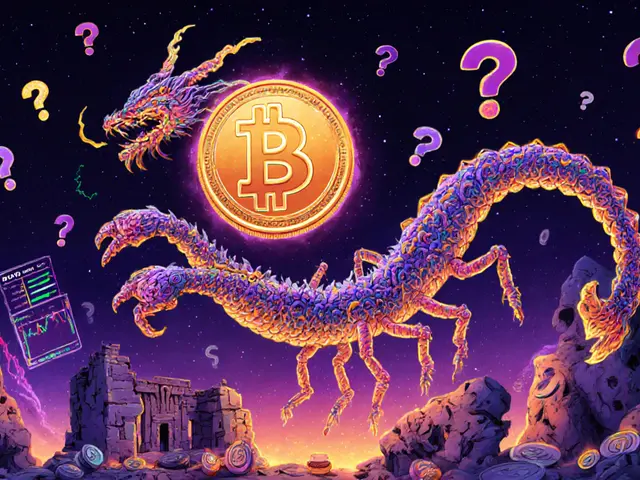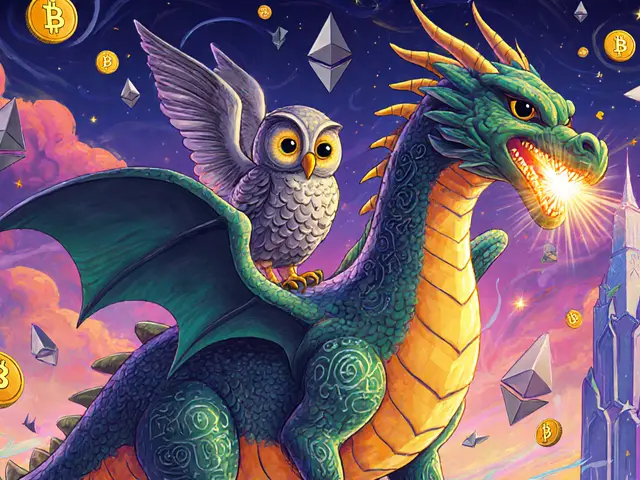SushiSwap: What It Is, How It Works, and Why It Still Matters in DeFi
When you trade crypto on a SushiSwap, a decentralized exchange that lets users swap tokens directly from their wallets using automated liquidity pools. Also known as Sushi, it was one of the first major forks of Uniswap and quickly became a symbol of community-driven DeFi. Unlike traditional exchanges, SushiSwap doesn’t need a middleman—you connect your wallet, pick two tokens, and trade. The whole system runs on smart contracts, so your money never leaves your control.
SushiSwap isn’t just a trading platform. It’s built around AMM, an Automated Market Maker system that uses mathematical formulas to set prices based on token supply in liquidity pools. This means there’s no order book—just pools of tokens locked in code. Anyone can add liquidity and earn fees from trades, which is why thousands of people still stake their tokens in SushiSwap pools today. It also introduced SUSHI, the native governance token that lets holders vote on protocol changes, treasury spending, and new features. That’s rare in DeFi: real power going back to users, not just investors.
Some say SushiSwap lost its shine after the hype of 2020–2021. But look closer. It still handles millions in daily volume, supports dozens of chains beyond Ethereum, and remains one of the few DeFi protocols that actually lets you earn rewards just for holding its token. It’s not the flashiest DEX anymore, but it’s still one of the most tested. You’ll find posts here about its risks, how its fees compare to newer rivals, and why some traders still prefer it over bigger names. Some of the articles dive into failed forks, tokenomics that didn’t work out, and how SushiSwap’s early model influenced projects like KiloEx and ProtonSwap. Others show you how to avoid scams pretending to be SushiSwap airdrops. This isn’t a nostalgia trip—it’s a practical guide to a DeFi tool that’s still active, still relevant, and still worth understanding.










